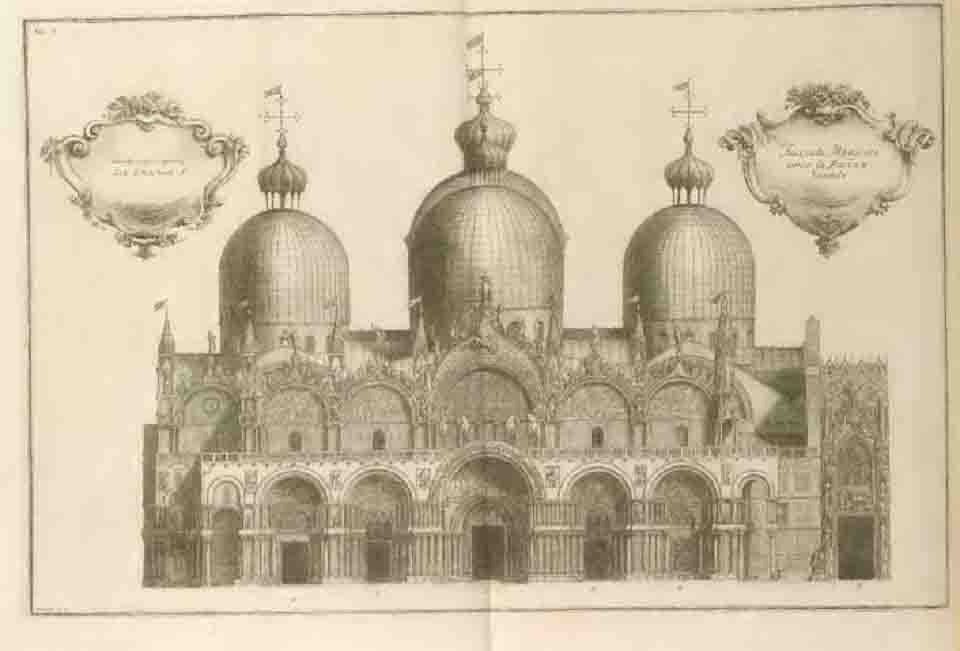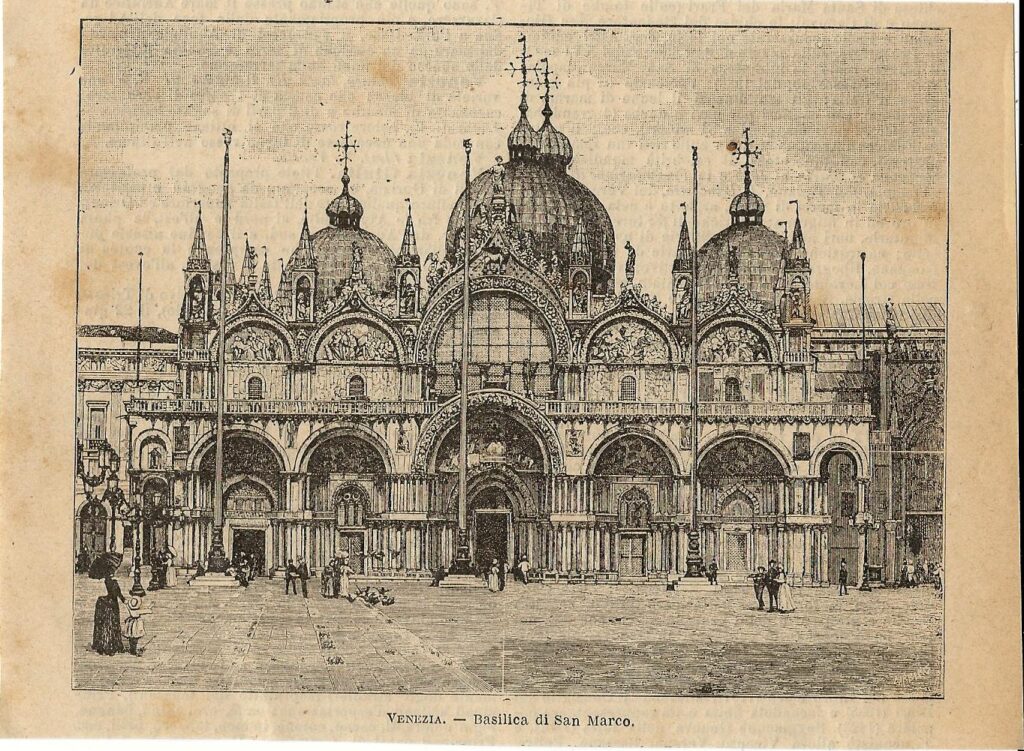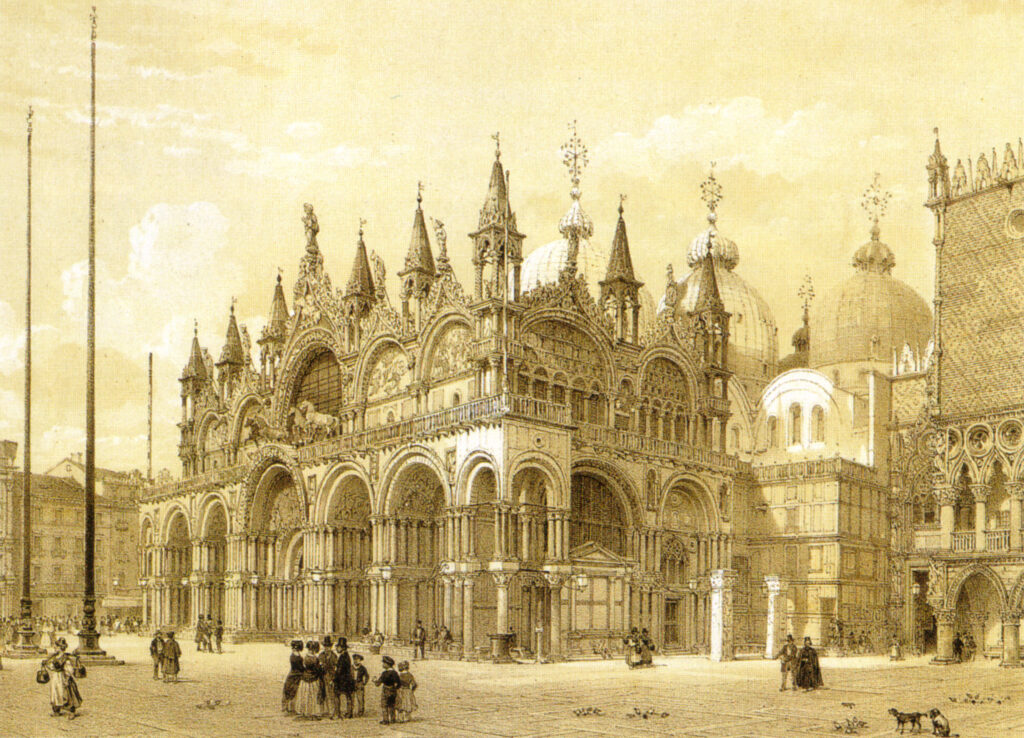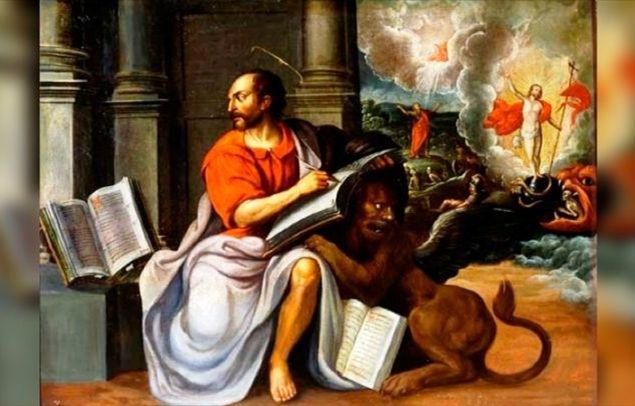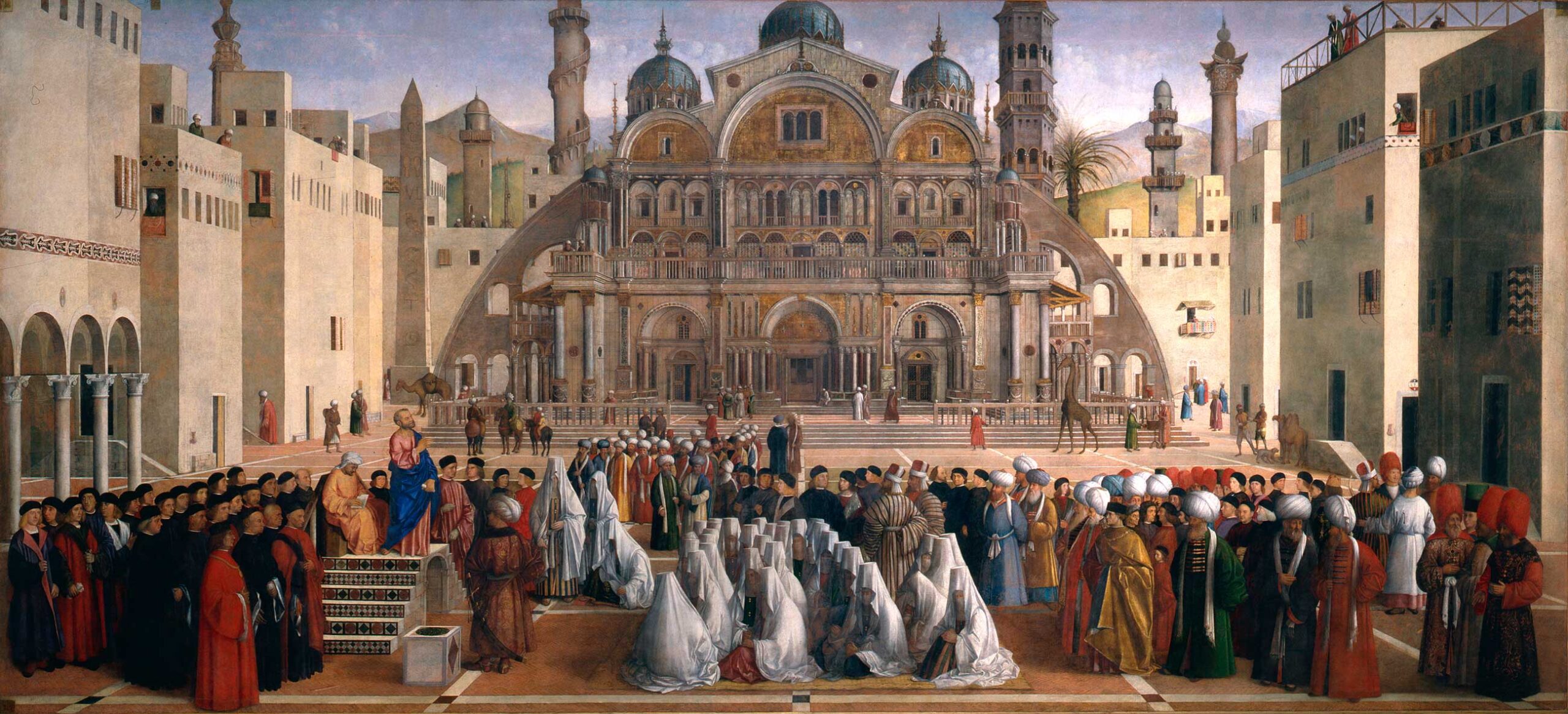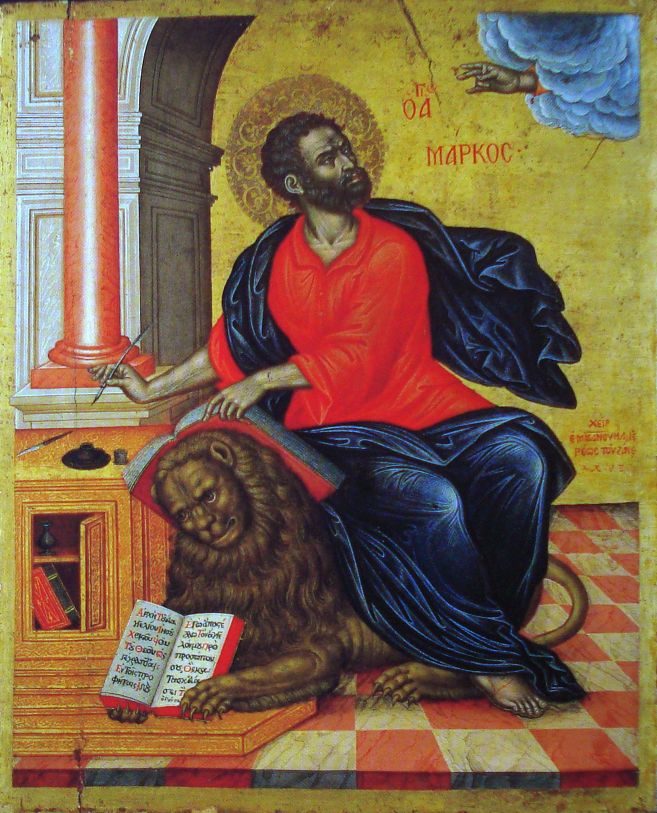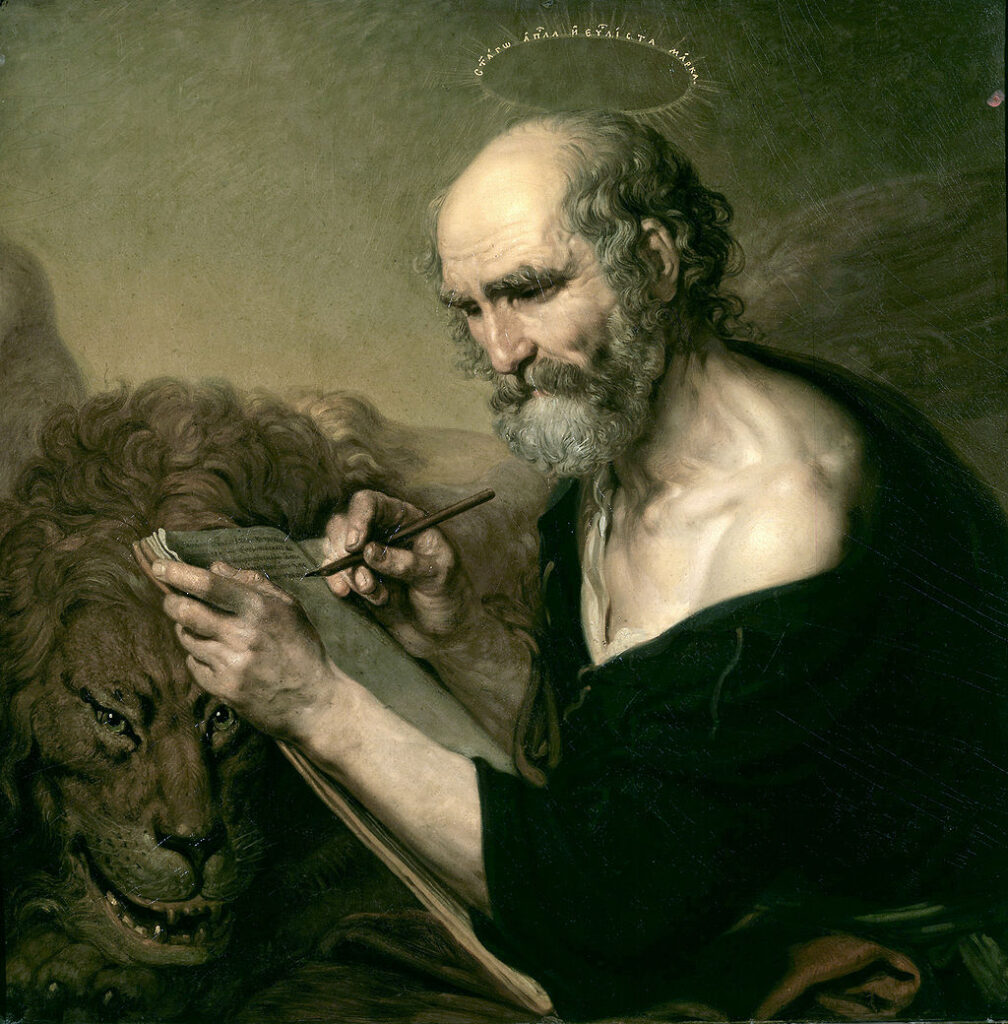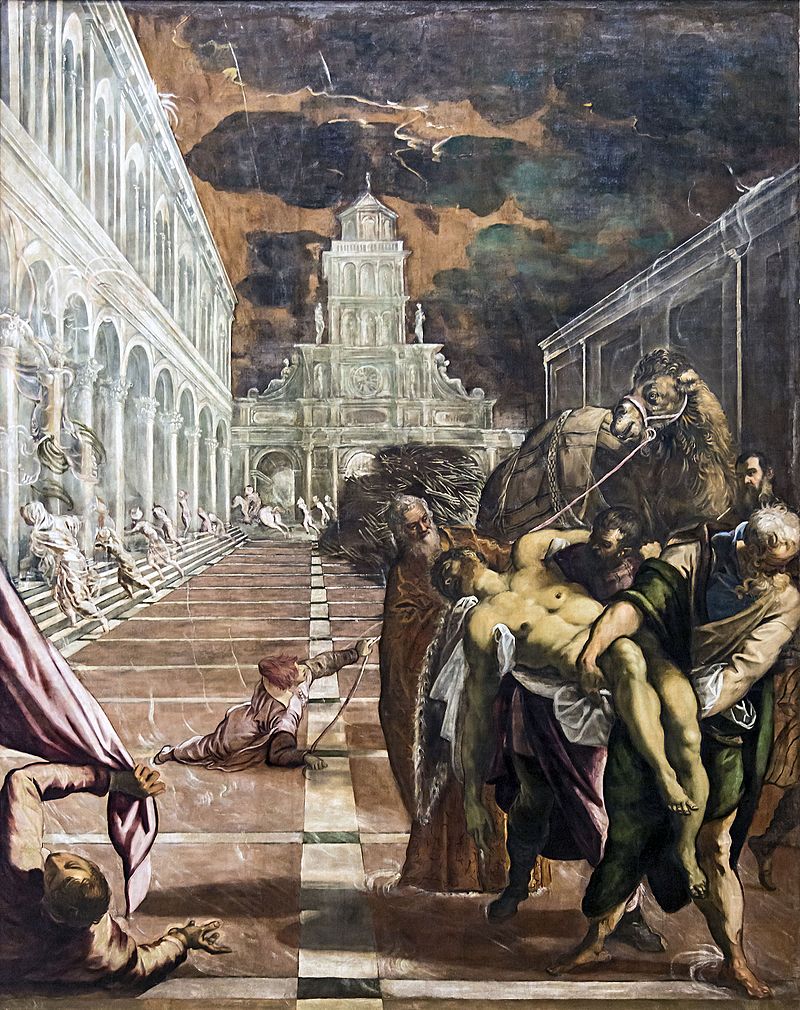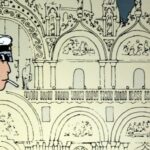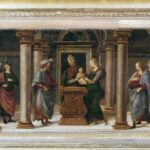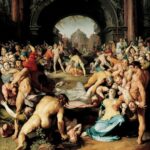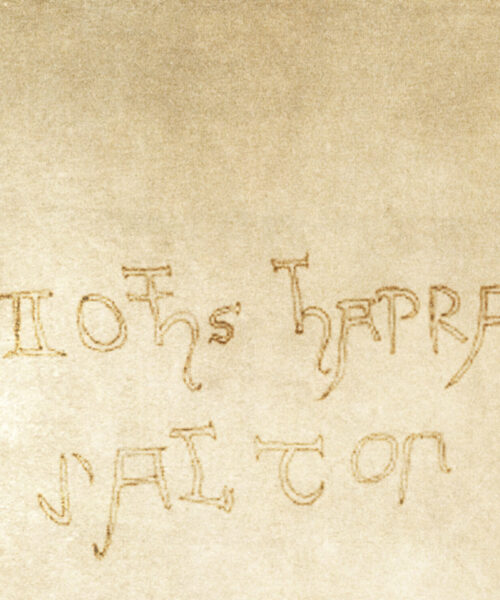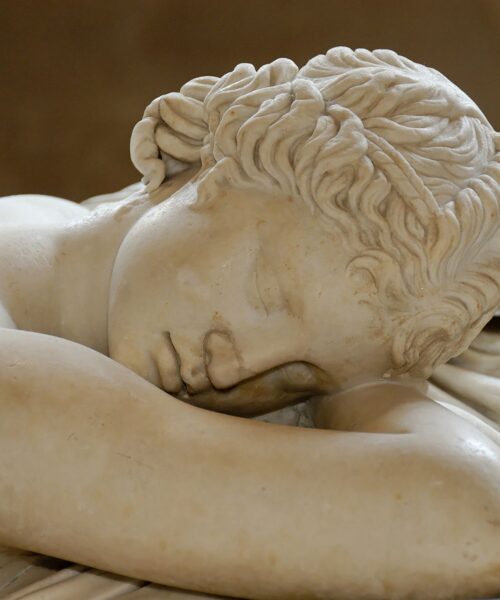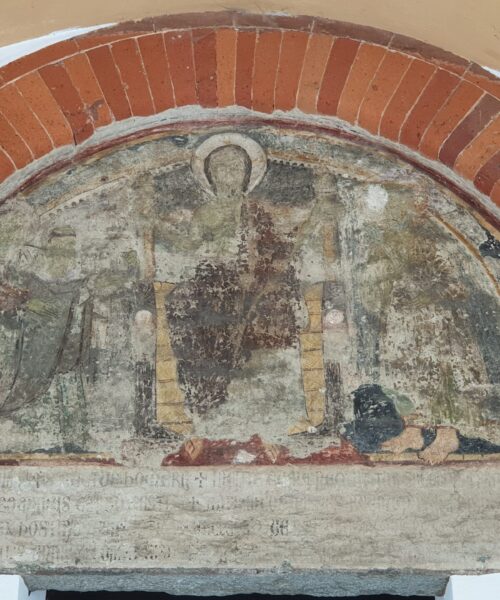April 25th is a symbolic date in the Christian church, dedicated to the commemoration of Saint Mark the Evangelist, a figure deserving attention not only for his fundamental role as one of the four evangelists but also for the profound cultural and historical impact he had on cities like Venice. Born around 20 AD, possibly in Israel or Cyprus, Saint Mark died in Alexandria, Egypt, in the second half of the first century.
Saint Mark is universally recognized as the author of the Gospel of Mark and is venerated as the patriarch and first bishop of Alexandria by the Coptic Church, as well as a saint by the Catholic and Orthodox Churches. His iconography is highly symbolic: the winged lion and the book are attributes that immediately identify him, symbols that have also found a second home in the splendid city of Venice.
The story of the transportation of Saint Mark’s relics from Alexandria to Venice is shrouded in mystery and intrigue. In 828, two daring Venetian merchants, Buono da Malamocco and Rustico da Torcello, under the orders of Doge Giustiniano Partecipazio, managed to steal these sacred remains, hiding them under vegetables and pork to escape the eyes of the Saracens. This theft not only exemplifies Venetian courage and ingenuity but also marks the beginning of a new era for the lagoon city, which saw the erection of a basilica in honor of the saint.
In 832, next to the Doge’s Palace, the first church dedicated to Saint Mark was built, later replaced by new buildings until the current basilica was completed in 1094. However, the exact location of the relics became a mystery over time, with stories claiming that only after three days of incessant prayers and processions did they miraculously reappear from a pillar of the basilica.
Curiously, in 1811, during an inspection of the relics to protect them from potential flooding, two bodies were discovered. This finding raised new questions: was that really the body of Saint Mark? This discovery also inspired the British researcher Andrew Michael Chugg, who hypothesized that one of the bodies might be that of Alexander the Great, given the proximity between the evangelist’s burial site and the famed conqueror’s tomb.
This story, with its blend of sacred and profane elements, not only testifies to the millennia-long history of Venice as a cultural crossroads but also highlights the incredible power of narratives and legends in enriching our cultural heritage. The Basilica of Saint Mark, with its Byzantine reliefs and symbols of Alexander’s dynasty, remains a monument that continues to fascinate and stimulate historical curiosity. Steeped in mystery and devotion, it offers a fascinating glimpse into Venice’s ability to serve as a bridge between East and West, celebrating a legacy that continues to enchant and inspire visitors from around the world.
